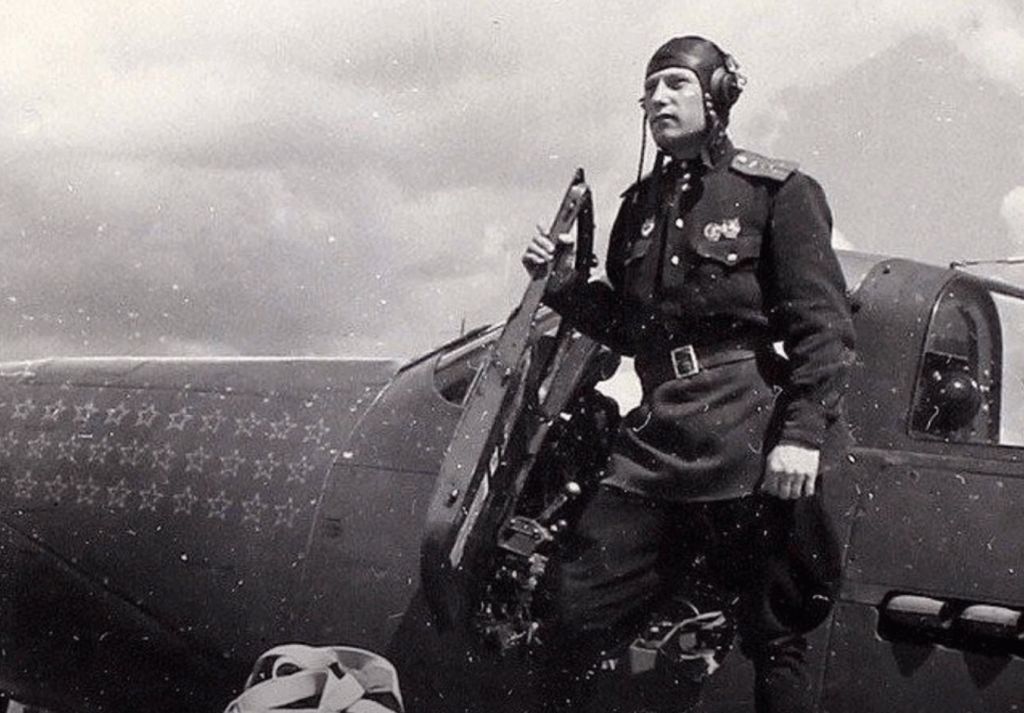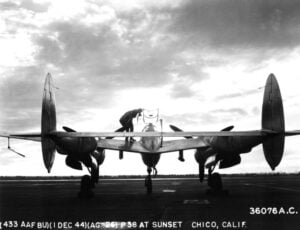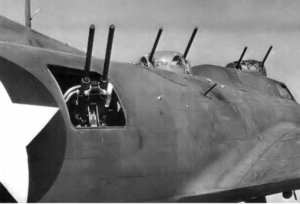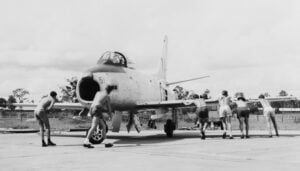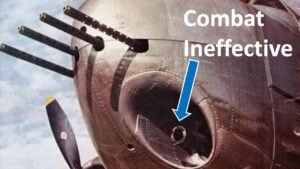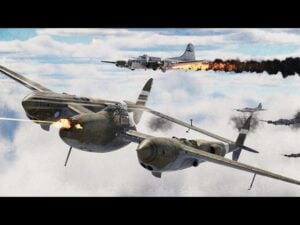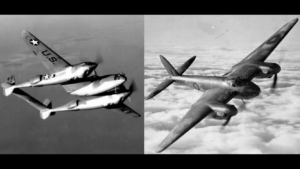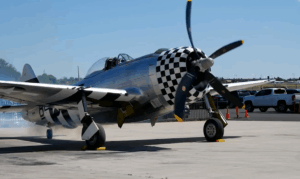The Story of the Second Greatest Allied Ace Who Dominated the Skies Using The WWII’s Worst Fighter
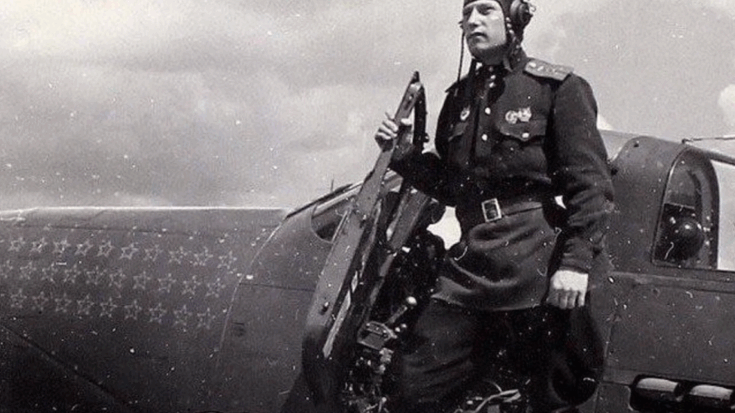
European Defense / YouTube
A Skilled Pilot Meets a Flawed Machine
In July 1941, not long after the German invasion of the Soviet Union, a young pilot named Alexander Pokryshkin began flying combat missions with the 55th Fighter Regiment. His aircraft was the MiG-3, a plane that was fast on paper but poorly suited for most real combat situations. The MiG-3 had been designed to perform well at high altitudes, but over the Eastern Front, where most dogfights took place close to the ground, it struggled badly.
The MiG-3 was hard to handle, under-armed, and lacked rear visibility. Many Soviet pilots disliked it, calling it one of the worst fighters of the war. But Pokryshkin didn’t give up. Despite the plane’s flaws, he found a way to make it work in his favor. He would become the second highest-scoring ace among all Allied pilots during World War II, and he started that rise while flying the MiG-3.
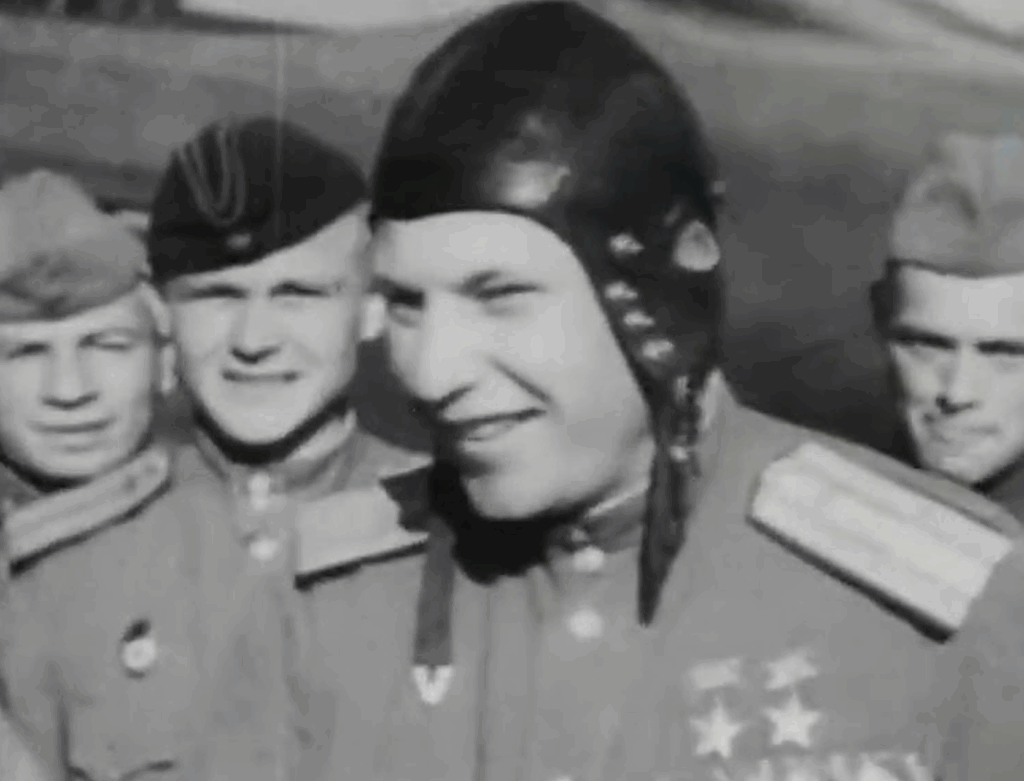
A Mission Turns Into a Battle
One day near the Ukrainian city of Balta, Pokryshkin and two fellow pilots—Lieutenant Lukashvich and Lieutenant Karpovich—were ordered to escort six I-153 biplanes on a low-level ground attack mission. The operation was going smoothly until a group of German Bf 109 fighters appeared. Flying at higher altitude, they spotted the slower Soviet formation and dove in to attack.
Gunfire filled the sky as the German aircraft closed in. Pokryshkin pulled his MiG-3 into a steep climb and banked sharply, a dangerous move under enemy fire. Lukashvich tried to follow but lost control of his plane and had to eject. Pokryshkin broke formation and quickly tried to line up a shot on one of the German fighters.
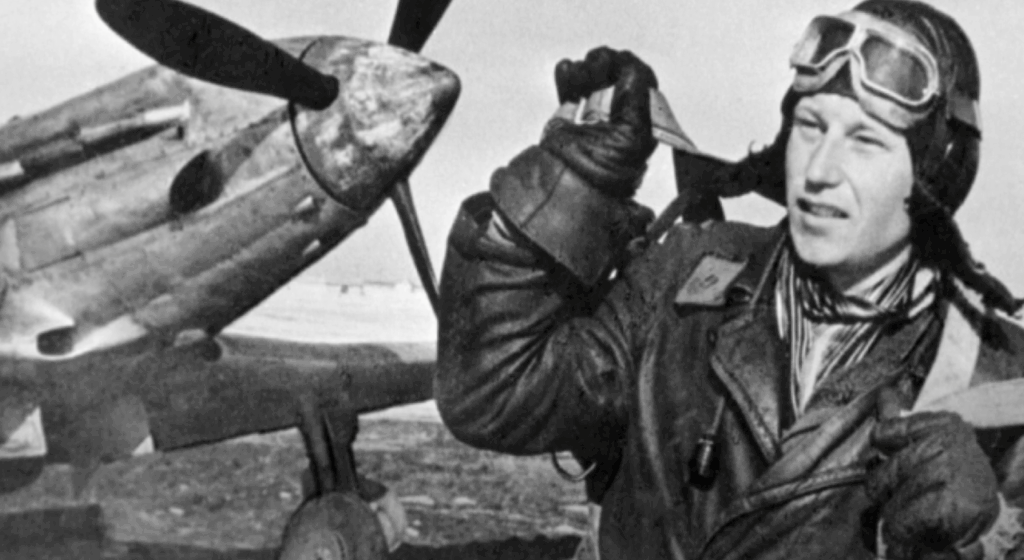
Risking It All for a Comrade
Just as he was about to fire, a voice came through the radio. It was Karpovich, who was in danger of being shot down. Pokryshkin gave up his position and dove toward the Bf 109 chasing his comrade. Using a tactic he was beginning to understand and develop, he climbed above the enemy and then dropped into a fast dive.
He steadied the MiG-3 and opened fire. His aim was accurate. The enemy plane exploded in midair. This not only saved Karpovich, but also disrupted the German attack. With the Soviet biplanes arriving near the scene and one German plane down, the remaining enemy fighters pulled back and flew northwest. The Soviet group had survived the attack without any loss of life.
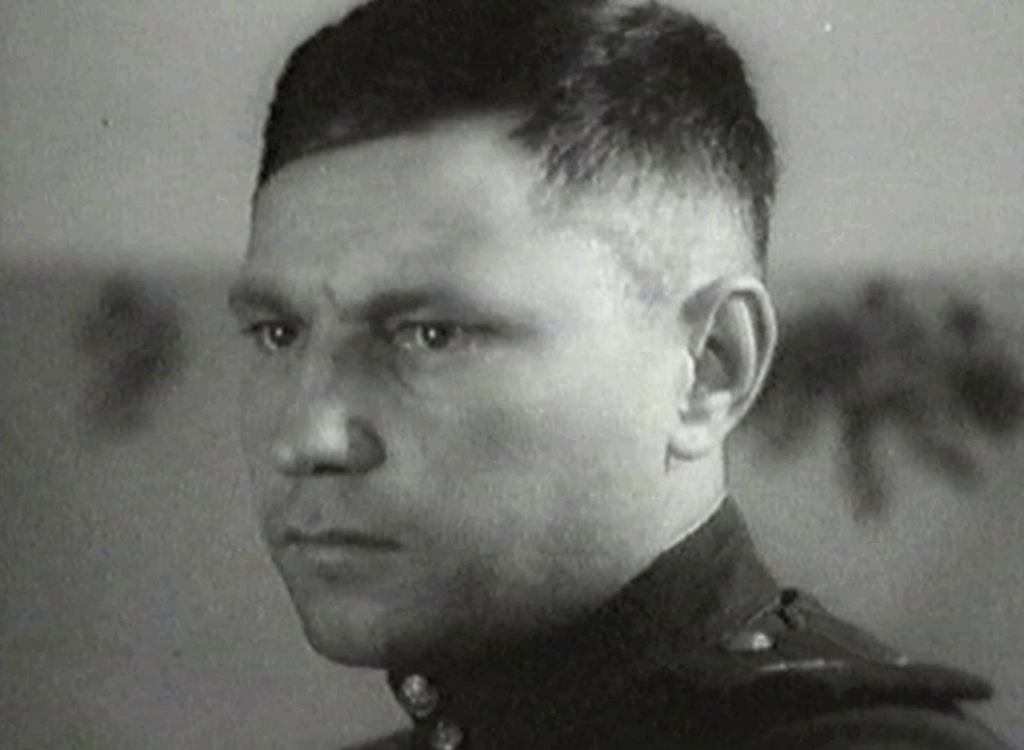
Turning a Bad Aircraft Into a Weapon
This fight marked Pokryshkin’s first air victory in a MiG-3. It was also the beginning of his use of the tactic known as “boom and zoom.” Since the MiG-3 performed poorly in low-altitude fights, Pokryshkin studied how to get the best out of it. He read instruction manuals, talked to ground crews, and tested the plane in the air.
While it never became easy to fly at low levels, the MiG-3 could climb fast and dive quickly. By using hit-and-run attacks from high above, the aircraft became much more effective. Diving at speeds over 650 kilometers per hour and firing with surprise before climbing away, Pokryshkin turned a difficult plane into a deadly one in the right hands.
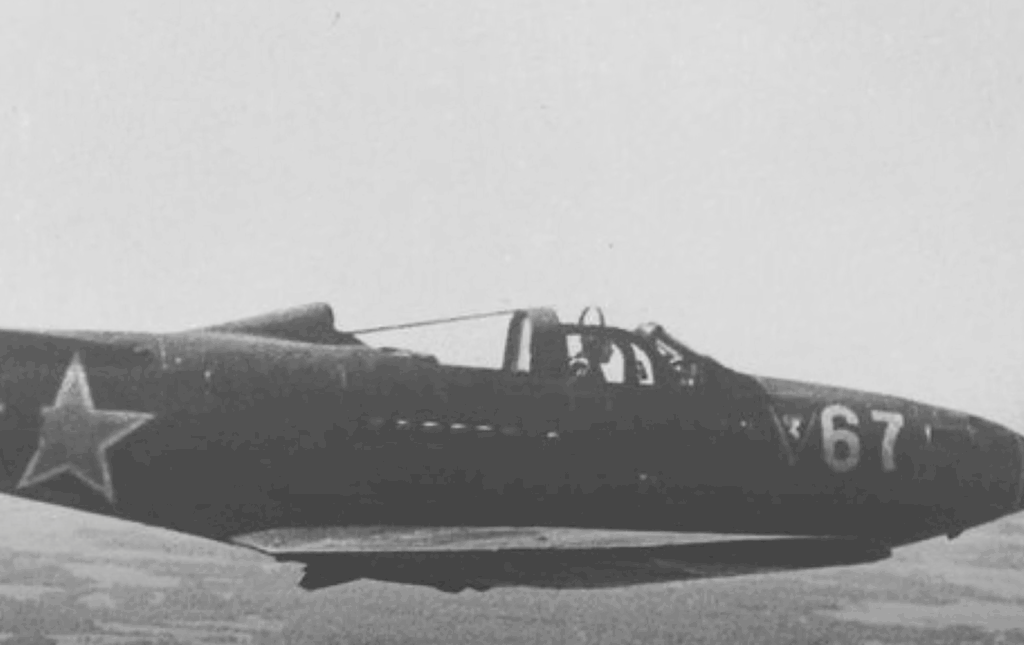
A New Kind of Thinking
Though he didn’t invent boom and zoom tactics, Pokryshkin was the first Soviet pilot to use them consistently and teach them to others. His skill in applying this method helped raise his kill count and inspired changes in Soviet air tactics. In his book Sky of War, he described the MiG-3 as a strict and wild machine that, when flown correctly, could strike with precision like an arrow.
This mission was just the start. Pokryshkin would soon shoot down three more enemy aircraft in one mission while still flying the MiG-3. Later, he switched to the American-made P-39 Airacobra and continued to build his score. By the end of the war, he had 59 solo victories, making him one of the most successful fighter pilots of the conflict.
